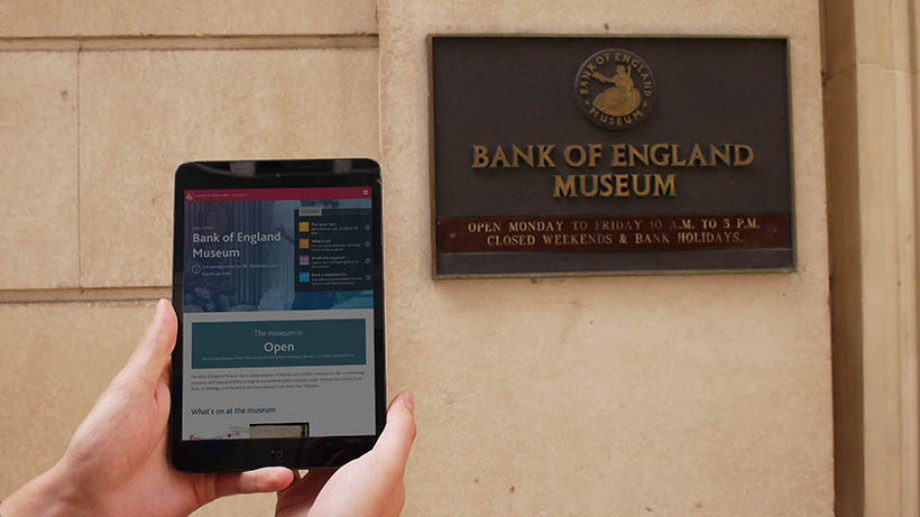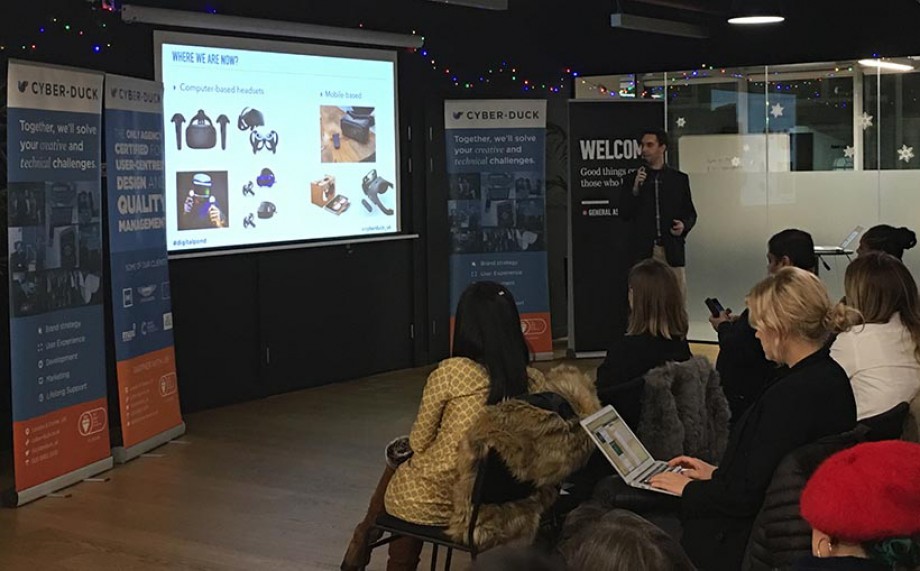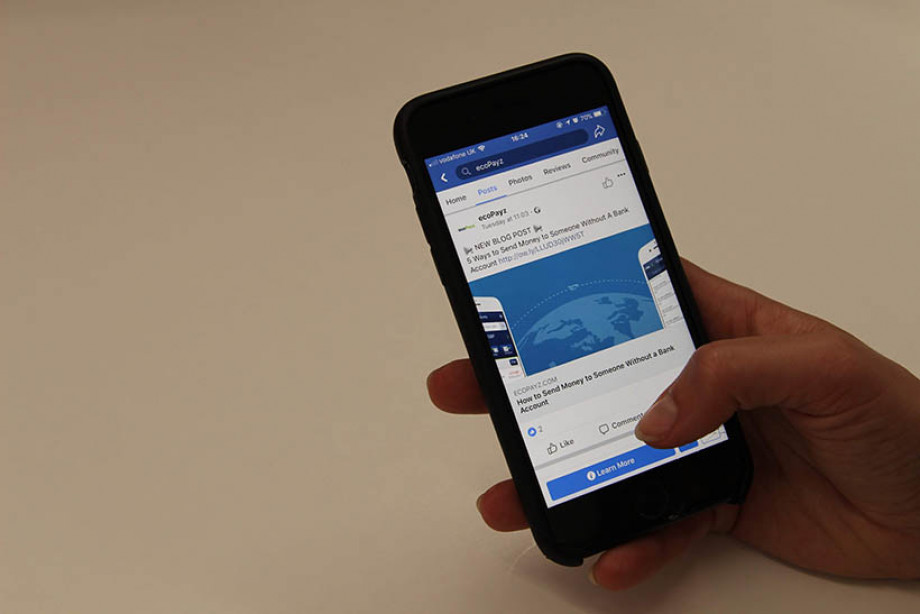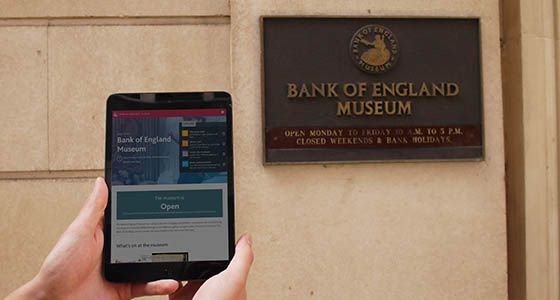Visitor numbers to museums throughout the country are falling. Are there innovative ways museums can transform their websites to attract more visitors? Here are all the ingredients you need to create a successful digital museum experience.
Last year was a record year for the Victoria & Albert Museum. Under new directorship and boasting a Pink Floyd exhibition and a new piazza, the V&A has attracted over four million visitors for the very first time. But this isn’t the norm across the sector. Visitors to the British Museum have been dropping gradually since 2015, when it reached a high of 6.85 million visitors. Similarly, the Department for Digital, Culture, Media & Sport also reports a 1.1 million drop in visitors to the National Gallery last year. We’re here to ask the question, “Can we reverse these trends by creating greater user experiences online?”
Below, you’ll find all the things you need to establish an intuitive digital museum experience.
Deliver on primary user needs
Firstly, you must ask whether the current digital offering delivers on the primary needs of your users. When was the last time you conducted detailed user research to analyse how users found your website? Online surveys about the museum are one thing, and reviews about exhibitions are another. Both are important to generating an overall positive experience. But at what point does this research affect how easy users find it to navigate the digital experience?
Alongside conducting analysis on traffic data, eye-tracking experiments and user interviews are some of the best ways to understand how users behave on your website. During these tests, ask users to plan a visit to your museum or gallery. If they struggle to find relevant information about what’s on, transport links or opening times, there could be a problem with your content strategy.

The Bank of England Museum now has a user-centred design that helps users to. fulfil their primary needs.
Your website needs to clearly explain what’s on, how visitors can get there, when the museum is open, what tours are available. For the Bank of England Museum, we outlined a robust new content strategy to address those primary user needs. From the home page, users can plan their visit, discover more about the galleries and upcoming events, and book advance presentations too. The onus is getting people through the door, so complicated layouts and superfluous information has been relegated to ensure primary user needs are met, with a design direction that provides a seamless experience with other channels. (You can find out more about our work for the Bank of England and the Museum in our client story.)
Immerse your users
People come to museums and galleries to feel history and art. They want to see it with their own eyes, listen to it with their own ears, to reach out and touch it. They want to be immersed in culture: you must meet that need with your digital experience.
Use exciting photography and videos to immerse potential visitors in your online museum experience. Inspiring images and engaging clips will get your visitors excited about their visit and make them more likely to come. Arguably, there is no more fundamental aspect of your museum digital marketing campaigns.
But immersive experiences don’t just come from images and videos – today, they can also come from new technologies, such as virtual and augmented reality. Imagine the impact your exhibitions could have if your users could engage with them at home through a VR headset. The Natural History Museum has already capitalised on this opportunity following a commission by Sky VR Studio – Sir David Attenborough’s Hold the World was announced in March 2018.

At the last Digital Pond of 2017 at General Assembly London, our CSO Sylvain Reiter discussed where VR is headed. You can find out more here.
Or indeed, imagine if you could provide a richer in-museum experience using augmented reality for visitors to interact with displays and exhibitions using their mobile devices as they explore.
Alternatively, you could also use the Google Maps indoor maps feature to allow visitors to see the exhibition layout for themselves, all from the comfort of their living room. Go one step further and utilise Street View to show users the inside of the exhibition too, at least in part; you still want people to visit in person!
Accessibility is vital
To reach as many potential visitors as possible, you need to make your digital experience as accessible as possible. A major demographic you need to cater for is the 65+ age group – we outlined why age-inclusive design is general best practice previously. For instance, have you considered the constraints of the body that older generations face? Can older users, or those with vision impairments, actually engage with your interface? What if they can’t see the graphical interface on the screen?
Similarly, you need to consider whether users can tap or click the buttons on your website. If they can’t get to the information they need because they can’t interact with your interface, you will lose visitors.
But it isn’t just about ensuring your website caters to all demographics. It’s also about making sure your website is mobile responsive.
Think mobile-first
Responsive web design is now standard practice in our industry, but a lot of organisations still don’t have a responsive website. But it is absolutely crucial that you have a responsive website in 2018.
Briefly, responsive websites respond and adapt to the device and screen size they appear on. In simple terms, this means having different configurations for your design that work on desktop, tablet and mobile.

Mobile-first thinking isn't just about design. You must reassess your marketing strategy to ensure you create content users want to consume on their mobile.
To attract visitors through your online marketing, you need to create experiences that correlate with how users behave online. The average user now spends 3.3 hours a day on mobile devices, according to Mary Meeker’s latest trends report. Furthermore, 29% of content is now consumed on mobile devices. Needless to say, you need to have a responsive website to ensure your marketing reaches people where they spend time online.
Users typically research a trip across multiple devices, including desktop and mobile. You should establish content parity across all platforms, but tailor designs to prioritise content users are more likely to look for on a given device. For instance, on a desktop, users might want to read a blog. However, on a mobile, users might be more likely to look for directions or opening times, so access to these should be prioritised in the content strategy. The only way to know how to structure your content is to conduct extensive user research, which is where a digital agency with User Experience services can help. We've provided user experience design for museums previously, and can bring our expertise to you too.
Personalise the digital experience
The next big step in digital marketing is here: personalisation. More often than not, users come to a website with a task in mind that they want to achieve as quickly as possible. Marketers must learn how to personalise the content users see to make those tasks easier for users to complete.
There are many ways to track users and to personalise their experience. For example, Google Tag Manager is a great way of tailoring your website’s analytics without additional dev time. Marketers can tailor the analytics setup to track different user behaviours in relation to new campaigns. Once you have enough data, you’ll know what different demographics and users come to your website for. You can then setup personalisation in your digital experience by changing the content they see. If users have visited your website before, you can use their preferences to deliver content that speaks to what their interests. In this way, you’re more likely to encourage users to visit your museum.
Have you thought about personalising your digital experience? If so, Cyber-Duck is here to help.
Transform your digital experience with Cyber-Duck
This is just a taster of the innovations you can utilise to cook up a successful digital experience. The exciting thing about our accredited user-centred design process is that we discover the true needs of users and develop intuitive designs that meets those needs.
For help with digital marketing, user experience design and digital transformation in London, we're here to help. We're experts in redeveloping museum websites to convert more users and bring more visitors and revenue to galleries and museums. Contact Cyber-Duck today.

